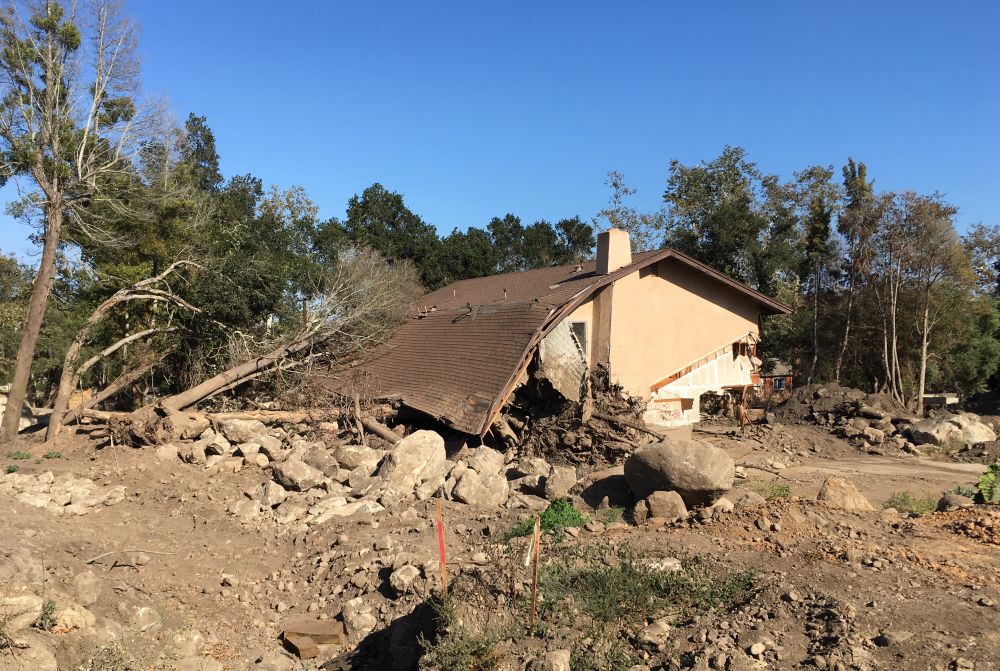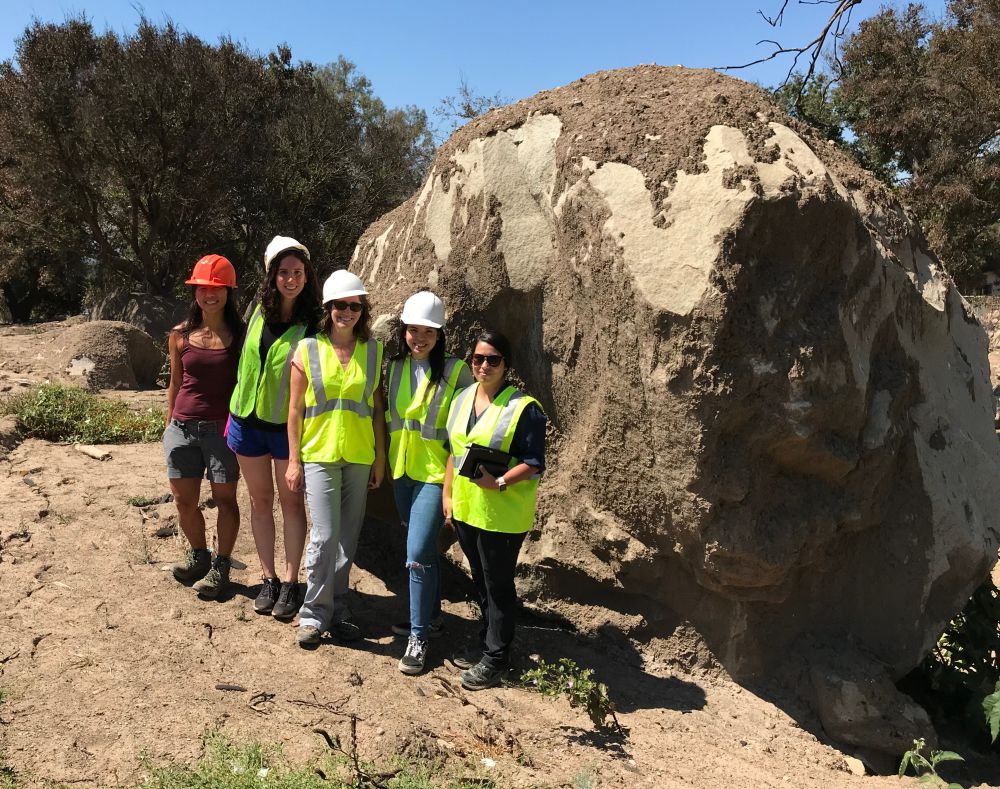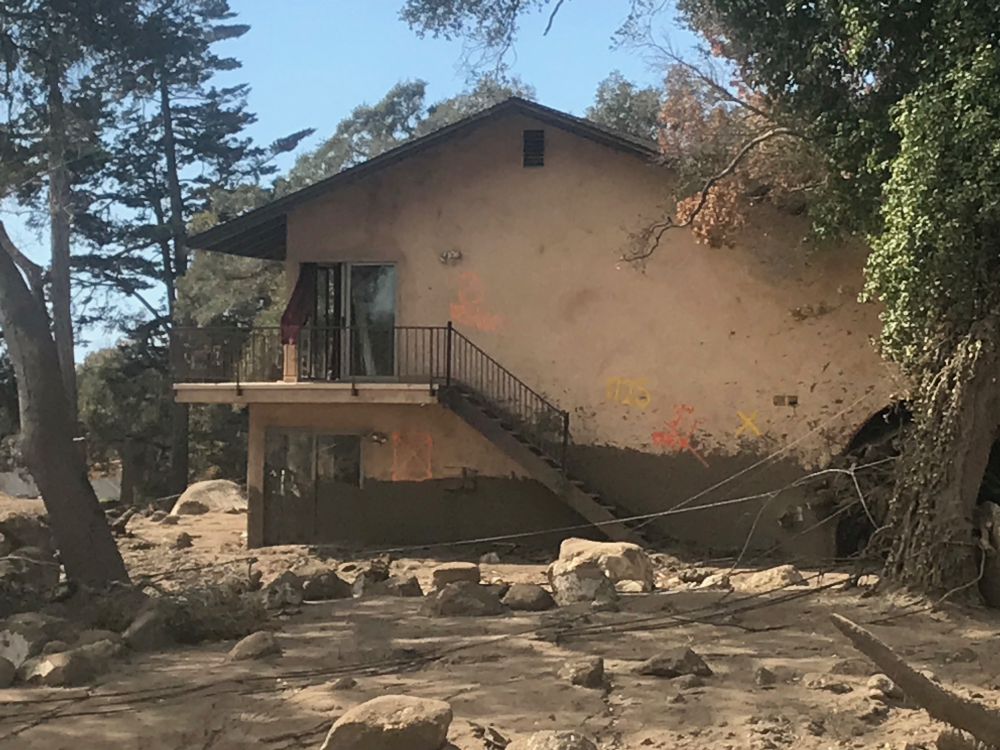Learning from Disaster
The devastating mudslides in Montecito that killed at least 23 people in January were a tragic reminder of the perils that come with the privilege of living in Southern California.
In response, a group of political scientists, geographers, social psychologists and geologists at UC Santa Barbara are collaborating in an effort to understand how people in at-risk areas of the state can better prepare for future disasters.
The researchers have designed a survey for Montecito residents that will seek to determine what shapes people’s behaviors in preparing for natural calamities. That information, they said, could be useful in helping people here and in other potential danger zones evaluate and plan for similar threats.
The survey is expected to go out by mid-October.
Sarah Anderson, an associate professor of environmental politics in the Bren School of Environmental Science & Management who is part of the survey team, said that while planning for disasters is crucial, most people give it short shrift.
“People still aren’t sure what to do in case of disaster,” Anderson noted. “Until you experience it, you tend not to be motivated, you tend not to have a plan. I think anything we can do to extend that experience to other people, so they don’t have to have that first panic, but are actually prepared, would be valuable.”
All residents in the Montecito zip code (93108) will first receive a postcard inviting them to participate in the survey online. For those who don’t take the survey online, that will be followed by a paper version of the survey itself, which Anderson said will include questions about risk perception, evacuations and reasons for not evacuating, experience of the debris flows and more. It will also contain batteries of questions to measure their support for various kinds of education and their support for various policies.
Ed Keller, a professor of geology who has studied debris flows like the one that struck Montecito, said any examination of natural disasters should be multidisciplinary. The natural sciences can describe phenomena as landslides, he said, but the social sciences can contribute to mitigating hazards.
“The science of natural hazard events capable of producing catastrophes has expanded rapidly,” he said, “but it is the social science that commonly drives hazard reduction, and, in fact, the social science in the end is at least as important as the nuances of the hazard itself, as interesting as it might be to scientists.”
Anderson, who has studied the effect of natural disasters on public and governmental assessments of risks, said the survey will seek to answer several questions: How do Montecito residents think about the debris flow, the evacuation process, how to incorporate disaster preparedness education in schooling, and their own disaster preparedness? Why did they evacuate or not evacuate?
In addition, the survey will eventually allow the researchers to compare Montecito with Montrose, a community in the foothills of the San Gabriel Mountains that hasn’t experienced debris flow since 1934.
“We need to know how people who have been through these events change their thinking in order to get ourselves and others who live in places with similar risk more prepared,” Anderson said.
Other UCSB researchers involved in the study are Summer Gray, an assistant professor of environmental studies; Hunter Gehlbach, an associate professor in the Gevirtz Graduate School of Education; Michelle Shteyn, a graduate student in psychological and brain sciences; and Erica Akemi Goto, a graduate student in geography.






